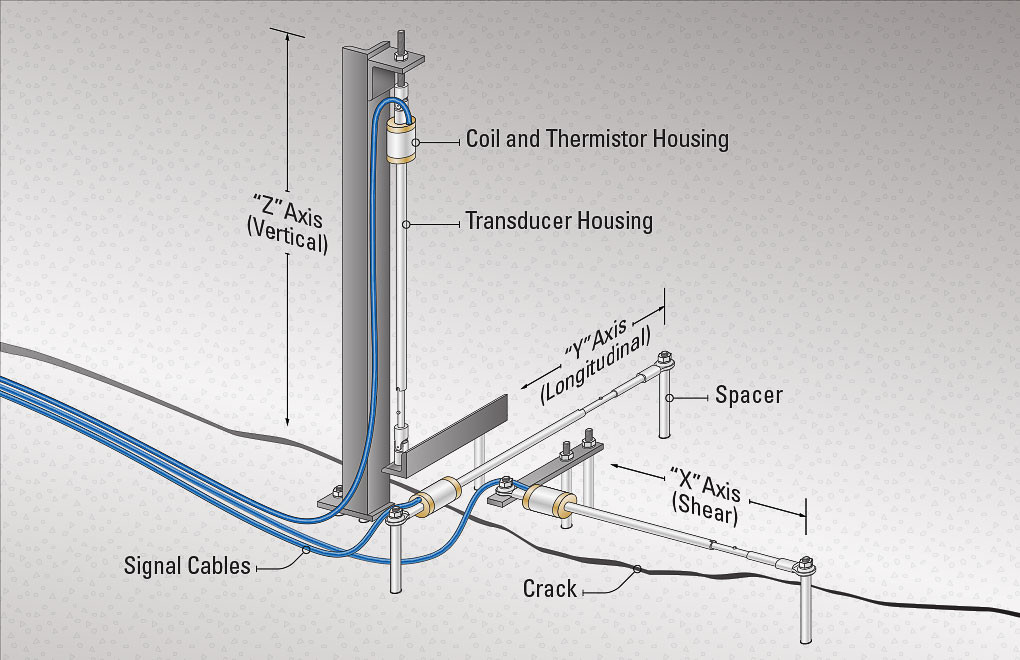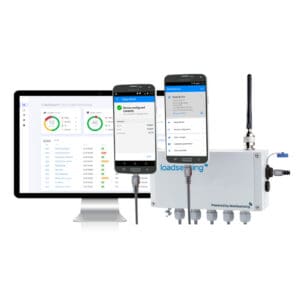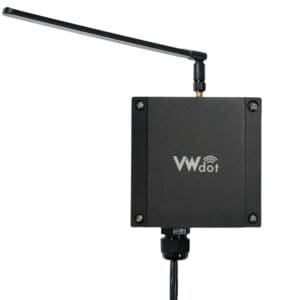Vibrating Wire Crackmeters
Product Information
Vibrating wire displacement transducers are designed to measure displacements across joints and cracks in concrete, rock, soil and structural members. They are installed by securing the two anchors either side of a crack or joint and attaching the sensor body to the anchor’s ball joints.
The sensor’s transducer consists of a vibrating wire in series with a tension spring. Displacements are accommodated by a stretching of the tension spring, which produces a corresponding increase in wire tension. The wire and spring are connected to a free-sliding rod which protrudes from, and is free to slide inside, a protective outer tube, while an O-ring seal prevents water from entering. The frequency signal is transmitted through the cable to the readout location, conditioned, and displayed on portable readouts or dataloggers.
Product Features
- Standard Ranges
12.5, 25, 50, 100, 150, 300, 400, 500 mm - Resolution
0.025% F.S. - Accuracy
±0.1% F.S. - Nonlinearity
<0.5% F.S. - Temperature Range
−20 °C to +80 °C - Lengths
318, 343, 397, 555, 645 mm (transducer) - Diameter
8 mm (shaft); 25 mm (coil)
Product Benefits
- Use of a frequency, rather than a voltage, as the output signal
- Frequencies may be transmitted over long lengths of electrical cable without appreciable degradation caused by variations in cable resistance or leakage to ground
- Readout locations may be over a thousand meters from the transducer
- Thermistors are provided with all transducers for temperature measurement
Typical Applications Include:
- Expansion or contraction of a joint
- Measure movement across joints such as construction joints in buildings, bridges, pipelines, dams, etc.;
- Tension cracks and joints in rock and concrete
- Strains in tendons and steel cables
- Movement across surface cracks and joints
- Closures in underground excavations, tunnels, etc.
- Displacements associated with landslides
- Movement of boulders, snow, etc. on unstable slopes







